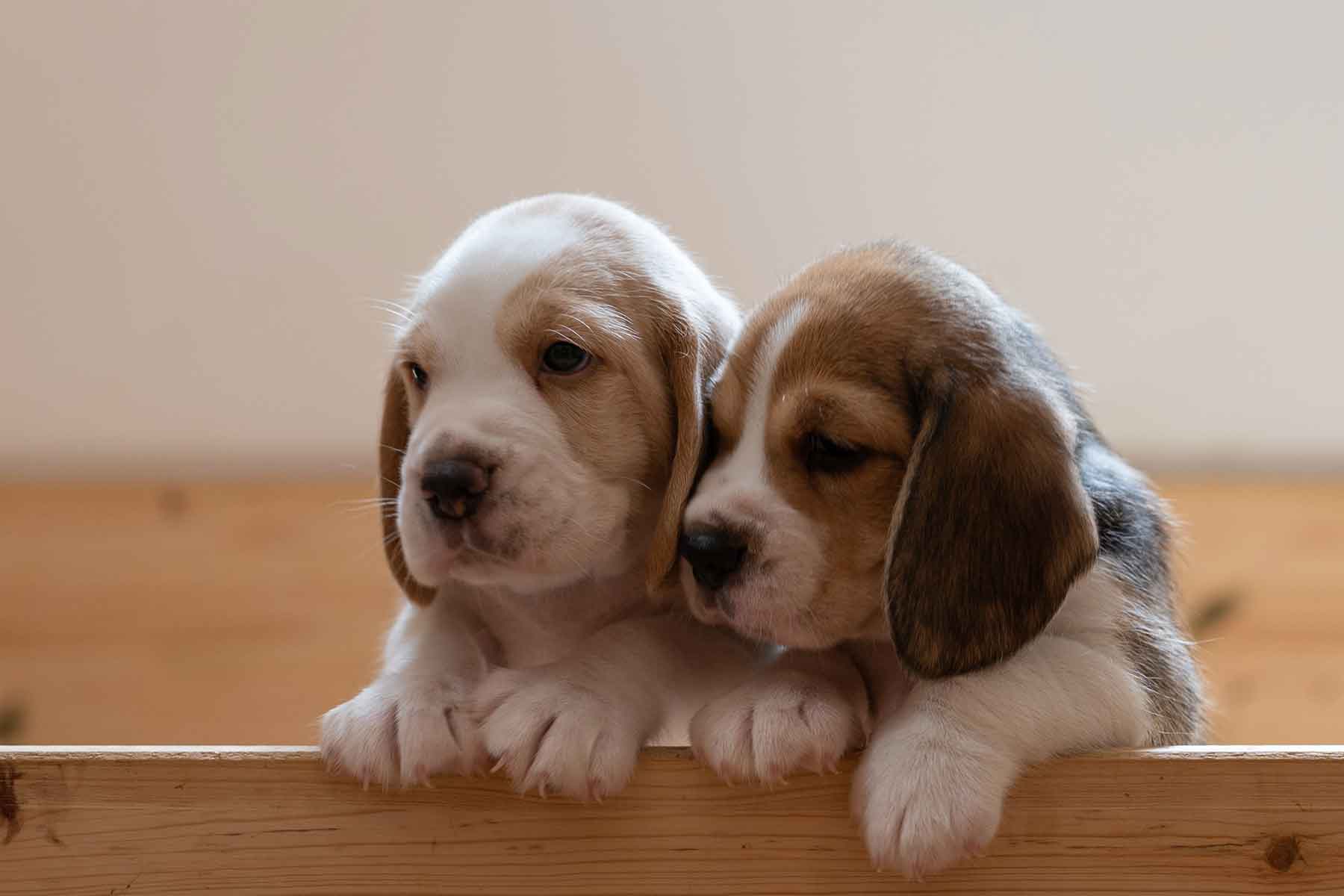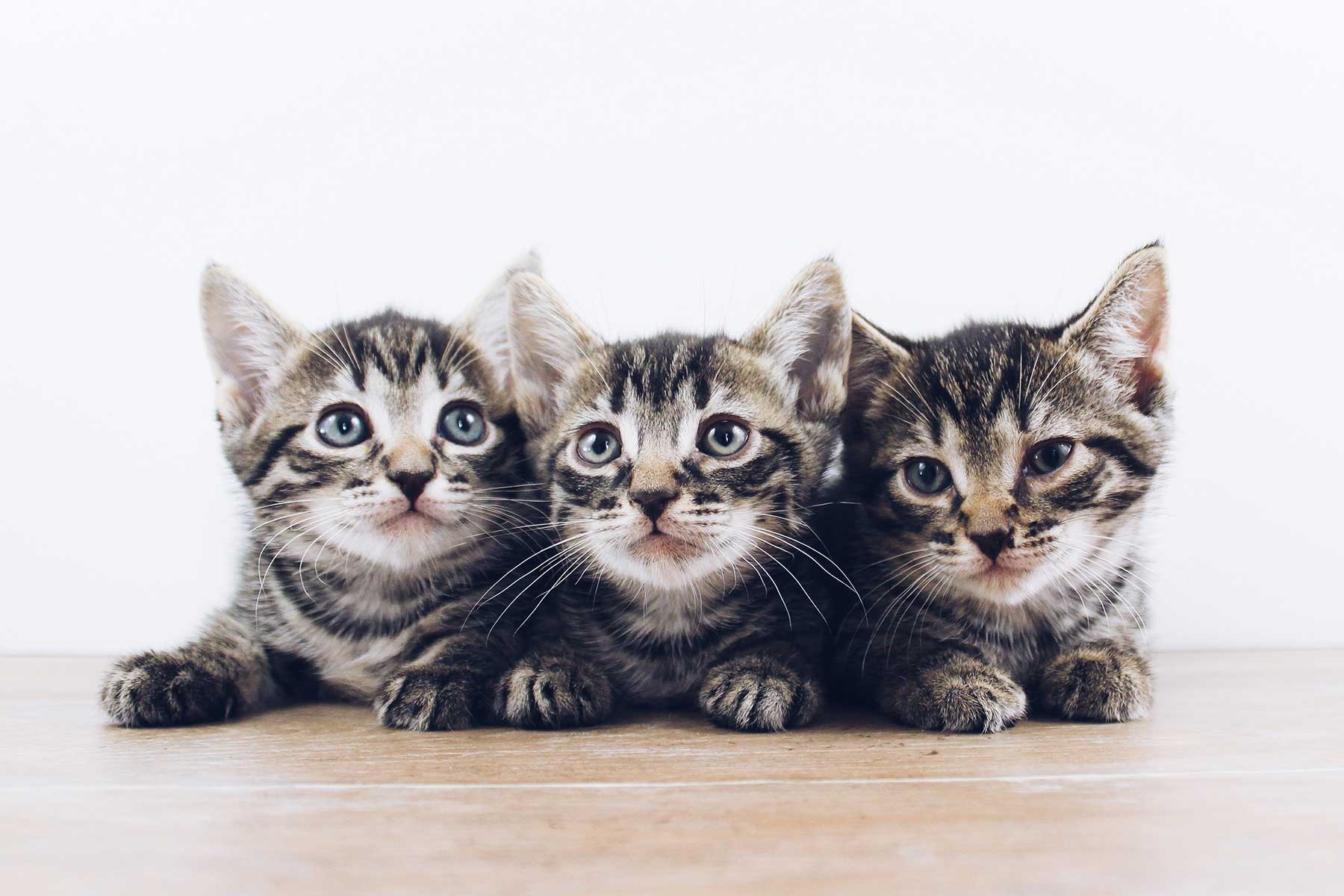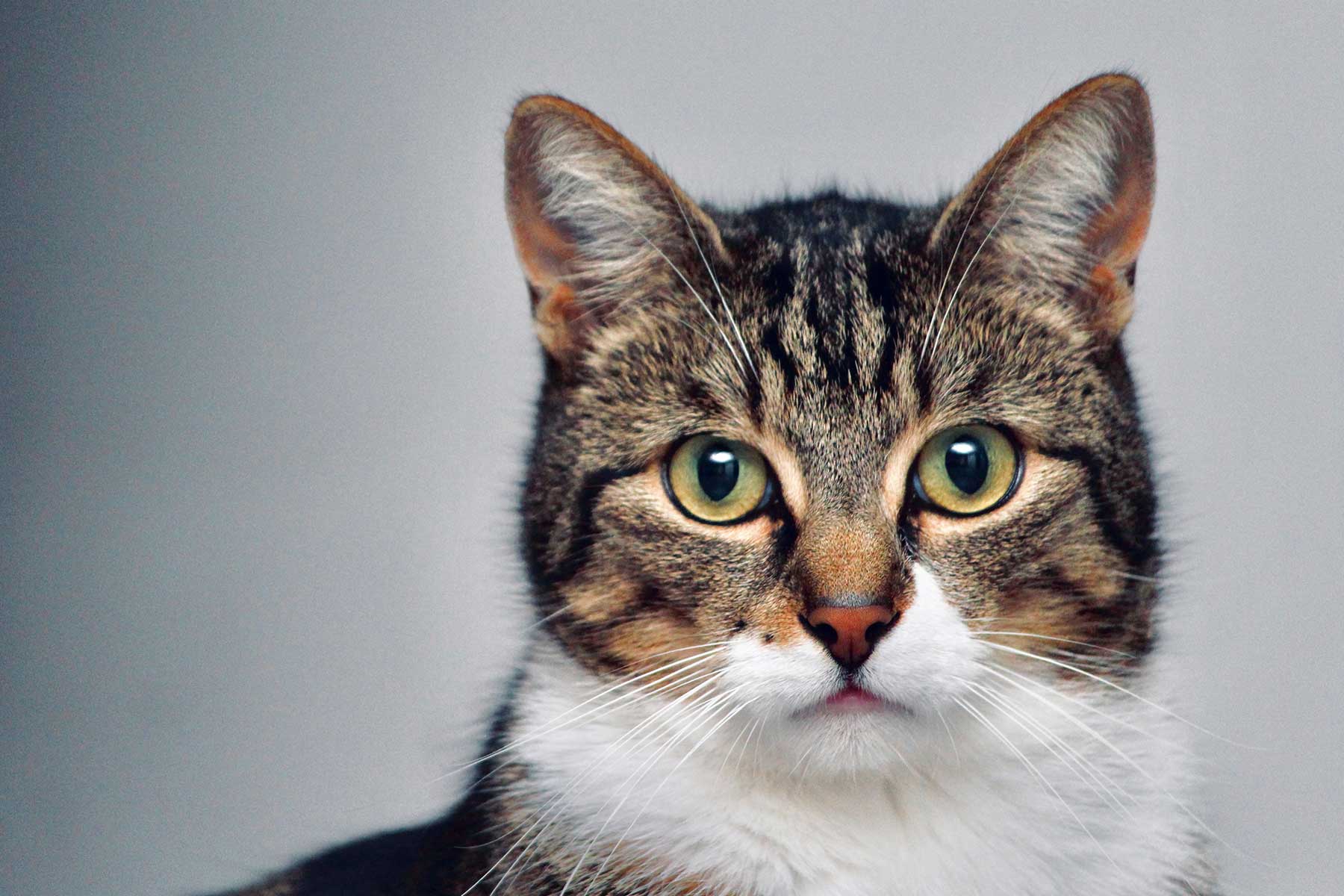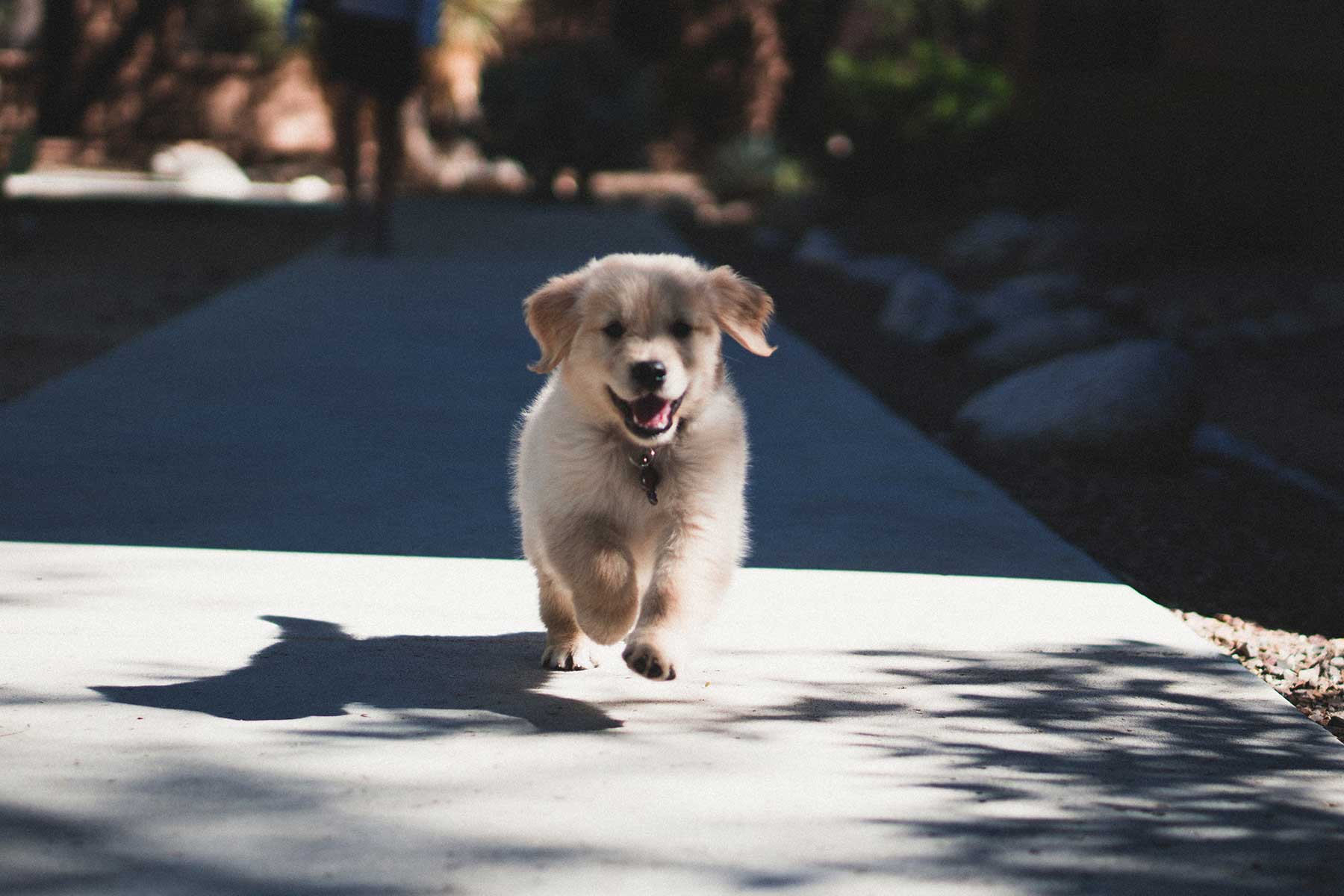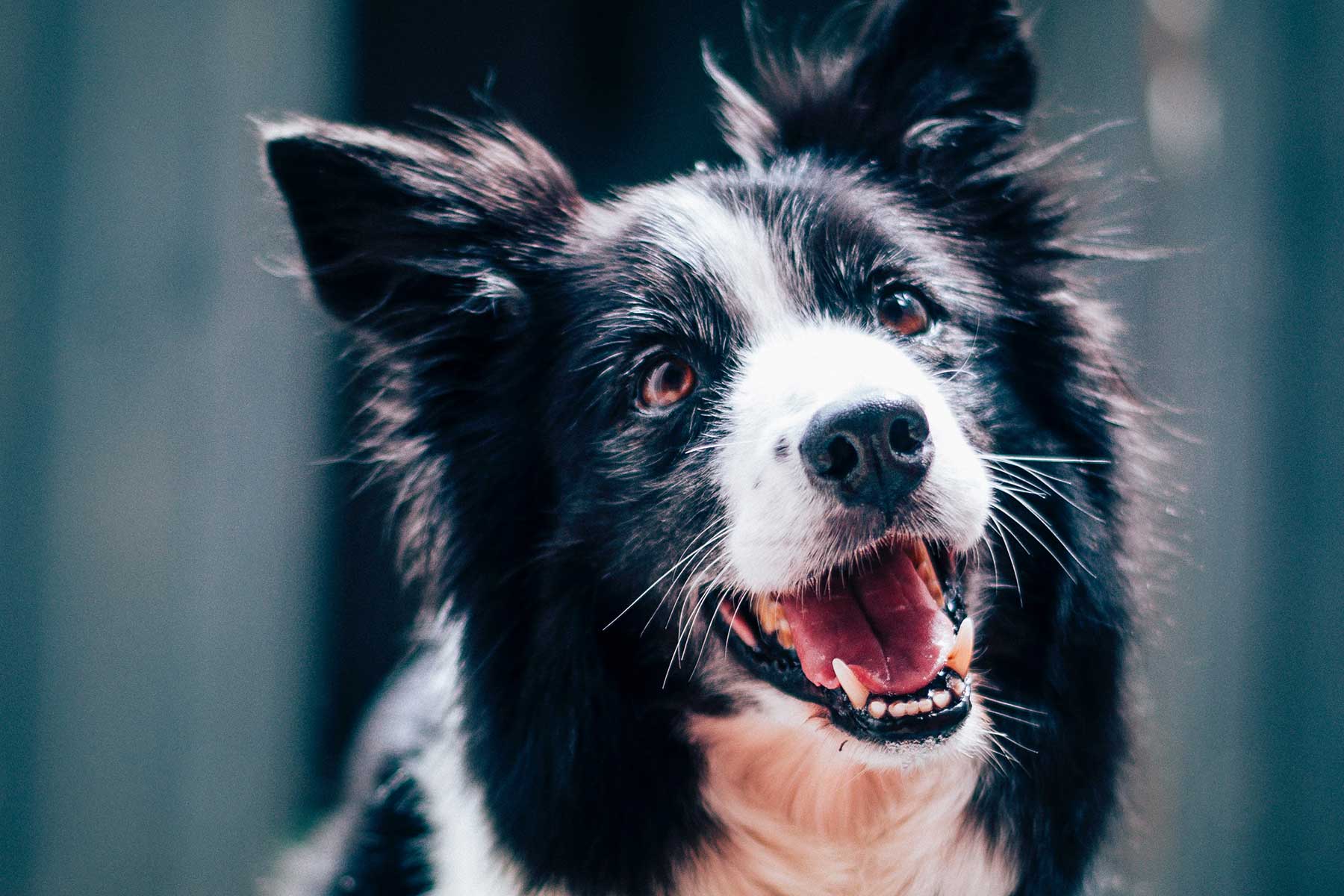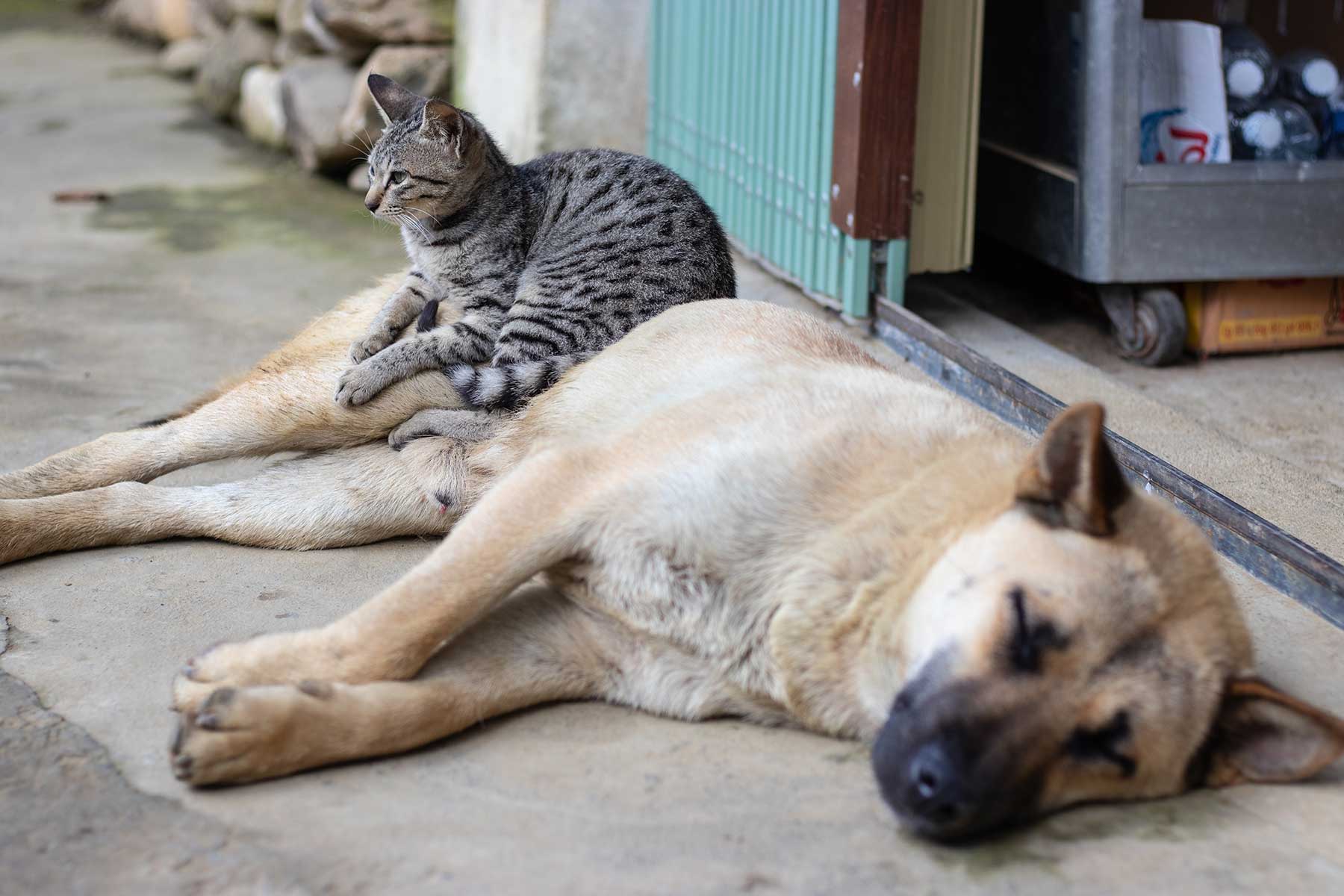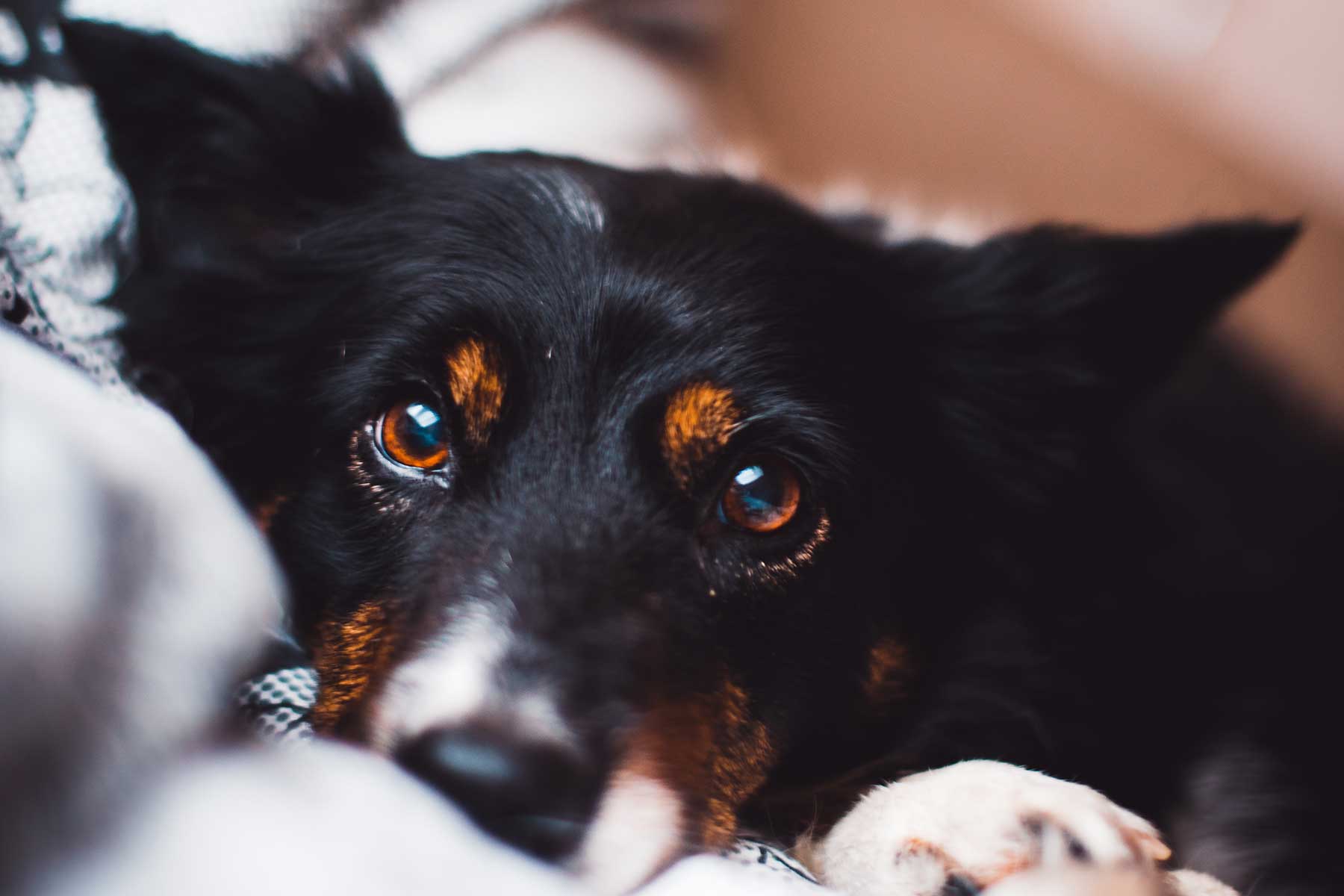There’s nothing like coming home to find your favourite pet curled up asleep, cute as anything…on your favourite jacket. As much as we adore them, the same cannot always be said for their stray hairs.
While we cannot prevent our cats and dogs natural shedding cycles, it’s important to know when shedding is ‘normal’ and when it is symptomatic of an underlying illness or parasite.
Why animals shed their coats
Cats and dogs have three types of hair: primary hairs which are long and coarse, secondary hairs which are soft and fluffy and tactile hairs which include whiskers. Shedding is a natural means for your cat or dog to lose dead or damaged hairs (usually secondary hairs). However, the amount and frequency of shedding can depend on a number of factors:
Breed
We often choose our cats and dogs for their breed and length of hair. The hair type of your pet will have a major impact on when he or she sheds. For dogs, the lightest shedders tend to be the breeds that need clipping as their hair falls out at a slower rate, eg. Poodles and Schnauzers. While long-haired breeds may appear to shed more, it’s often the length of the hair that gives this illusion. The same is often true of cats. Knowing your breed and understanding its shedding pattern will be helpful in managing it.
Season
Sunlight and temperature have a significant impact on an animal’s hair growth. Outdoor pets will commonly shed once or twice a year – usually at the end of winter. However, as indoor pets live in much more controlled conditions they will usually shed continuously throughout the year.
Pregnancy
Pregnancy and lactation can deplete animals of the calcium and minerals they need for a healthy coat. This can lead to excessive shedding (or shedding out of season). Cats and dogs will often shed their fur after giving birth or during the nursing period. If your cat or dog becomes pregnant, it may be worth putting her on a special diet or supplements to strengthen her coat. Contact us for further advice.
Illness
Shedding can also result from an underlying medical problem. In a healthy pet, the skin after shedding should look normal and undisturbed. If the skin is irritated or red, or your pet has bites, sores, rashes or dry hair that pulls out easily, it may be time to see the vet. Common causes for excessive or problematic shedding include:
- Stress
- Allergies
- Poor nutrition
- Fleas or parasites
- Dirty or irritated skin
- Hormonal deficiencies or changes
Growing a Healthy Coat
A healthy coat is a sign of a healthy pet. If you think your pet may be shedding due to an underlying medical condition, it is important to first seek treatment from your veterinary health care team. By following these few simple tips, you will be well on the way to giving your pet a strong, healthy coat:
- Feed your pet good quality food – high in protein, omega 3 and fatty acids such as a super premium diet.
- Keep fleas and parasites away through regular de-worming and flea treatments.
- Wash your dog regularly. Dirty skin or matted hair encourages bacterial growth and excessive shedding. If your cat no longer grooms him/herself, you may consider regular bathing.
- Brush your pet regularly to help remove dead hairs and stimulate new hair growth and reduce matting. Make sure you have the right type of brush or comb for your pet’s coat. If your pet is prone to matting, special mat brushes are available, eg. Slicka, ZoomGroom and Mattbreakers.
Keeping Your Home Hair-Free
Maintaining a healthy coat is the first part of the battle – the second is maintaining a hair-free home! Whilst it is impossible to eradicate all signs of a shedding pet, there are a couple of tricks to keep both you and your pet happy in the long term.
- Brush your pet regularly with a high-quality pet brush. It will force any loose hairs from the coat and also keep your pet’s fur softer, cleaner and less likely to shed.
- Cover your furniture or car seats.
- Train your pet to sit on a chair/sofa that has a designated pet blanket.
- Vacuum regularly. Newly shed hairs are much easier to remove before they become embedded in carpets and upholstery.
- If you have a clothes dryer, clean the lint catch regularly as it can easily become clogged with pet hair from your clothes.

